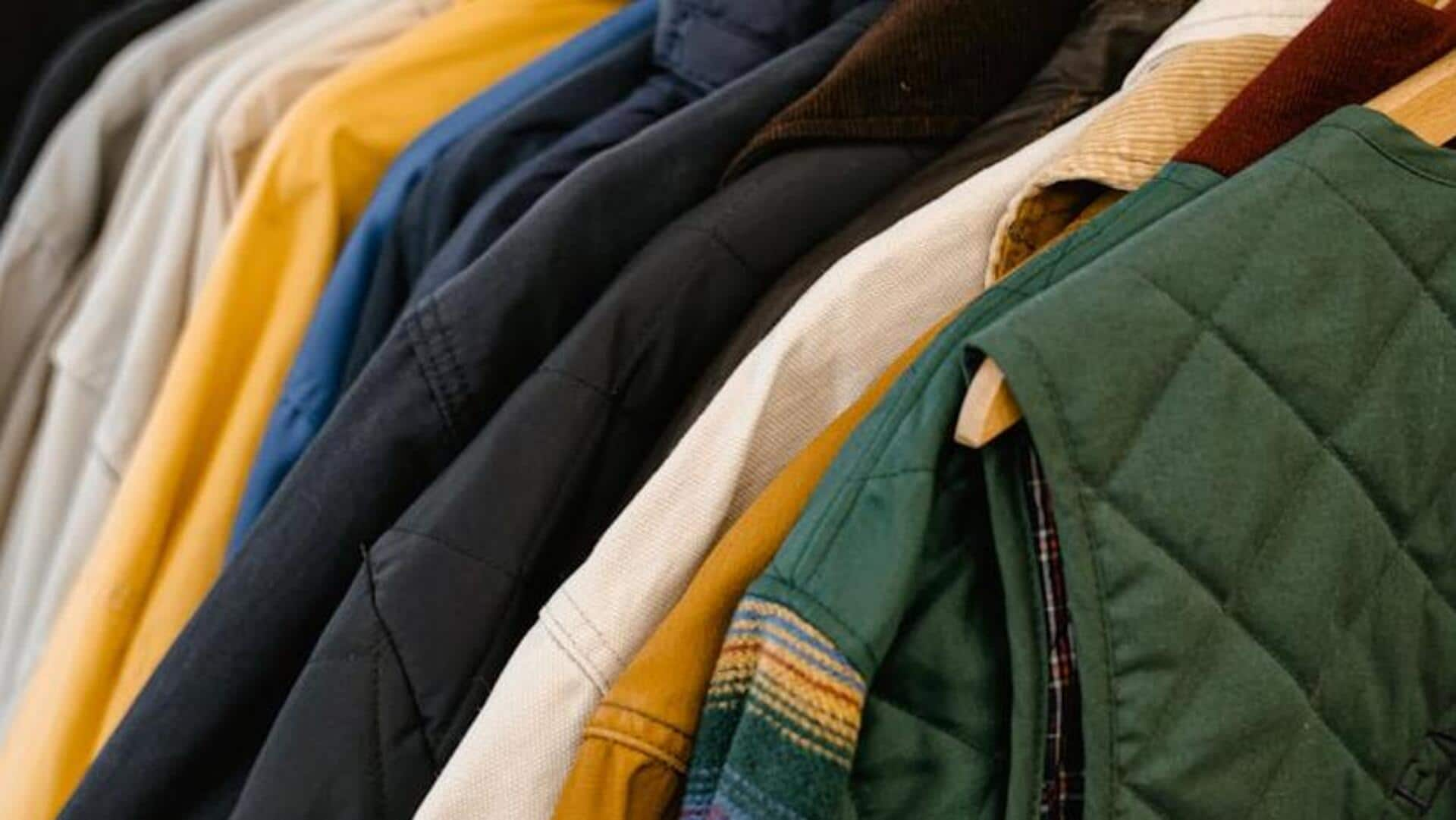
Mastering eco-friendly layering: A style guide
What's the story
As the season arrives with its variable weather, mastering the art of layering is crucial. In an era where sustainability is key, eco-friendly layering offers a stylish way to navigate these seasonal changes. This article explores adopting sustainable fashion to stay cozy and chic amid unpredictable climate, emphasizing the importance of both personal comfort and environmental responsibility.
Fabric choices
Understanding sustainable fabrics
Choosing the right fabrics is crucial for eco-friendly layering. Opt for materials like organic cotton, bamboo, hemp, and recycled polyester. These fabrics are not only gentle on the planet but also breathable and versatile for layering. By selecting garments made from sustainable materials, you contribute to reducing environmental impact while staying comfortable during the ongoing season's fluctuating temperatures.
Core pieces
Layering essentials
Begin with a base layer like an organic cotton T-shirt or bamboo tank top for breathability. Add warmth with a mid-layer, such as a hemp cardigan or recycled polyester fleece. Finish with a sustainable material jacket as the outer layer, easily removable as temperatures rise. This strategy adapts to weather changes while keeping your wardrobe eco-conscious.
Accessories
Accessorizing sustainably
Don't overlook accessories when layering. Scarves, hats, and gloves made from sustainable materials can add both style and warmth. Look for accessories crafted from organic wool or recycled fabrics to complement your layered outfits. These items not only serve practical purposes but also offer an opportunity to infuse personality into your look without compromising on sustainability.
Thrifting
Embracing second-hand finds
Incorporating secondhand items into your layering strategy is an excellent way to practice sustainability. Thrift stores and online marketplaces are treasure troves of unique pieces that can add depth and character to your layered outfits. By choosing secondhand clothing, you reduce waste and support circular fashion practices. This approach makes your wardrobe both stylish and environmentally conscious, aligning with sustainable living principles.